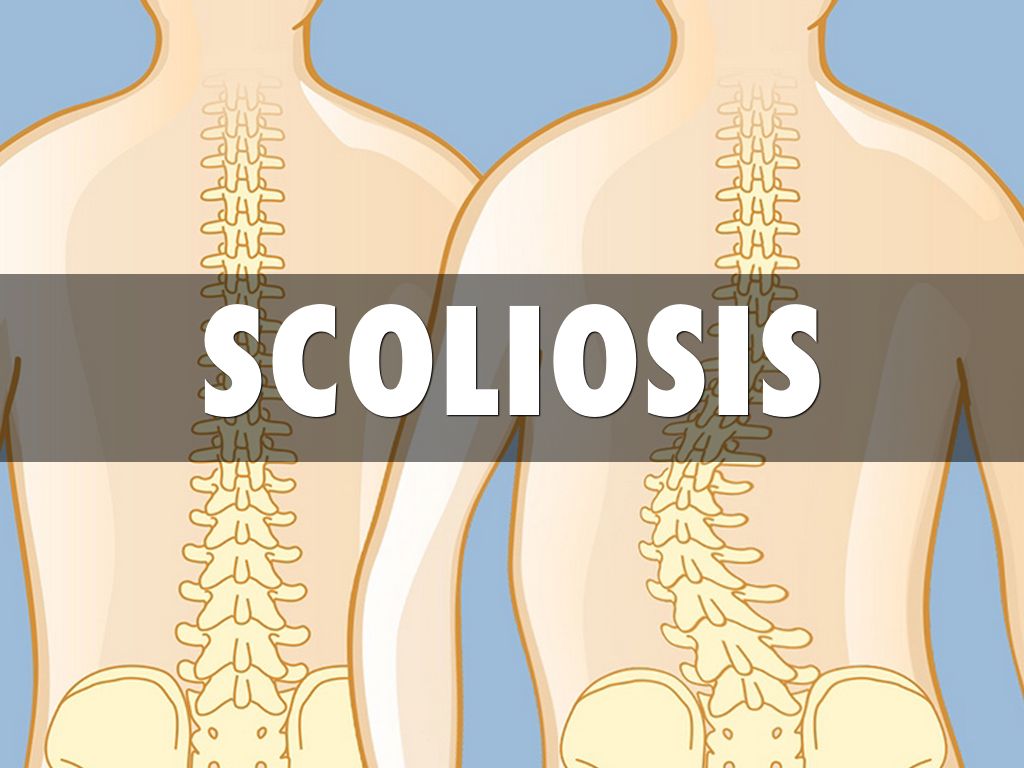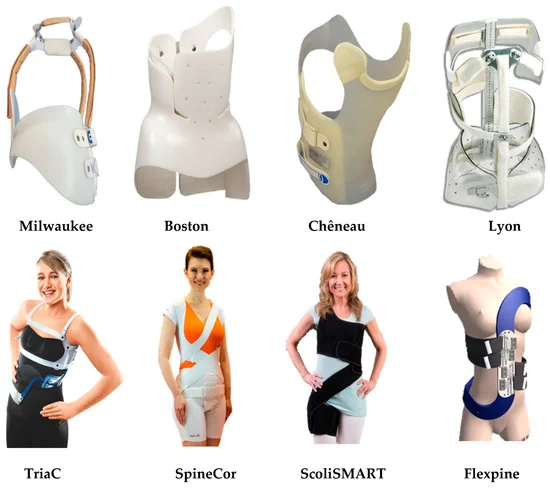Scoliosis is a medical condition characterized by an abnormal curvature of the spine, which can lead to various physical and functional limitations. Scoliosis braces are commonly used as a non-surgical treatment option to prevent further progression of the spinal curvature and improve the overall quality of life for patients. This article aims to explore the visual and functional changes observed in patients before and after wearing a scoliosis brace, as well as the long-term effects, challenges, and alternative treatment options for scoliosis.

脊柱側湾症を理解する
Scoliosis is a condition that affects the alignment of the spine, causing it to curve sideways. It can occur at any age, but it is most commonly diagnosed during adolescence. The exact cause of scoliosis is often unknown, but it can be influenced by factors such as genetics, muscle imbalances, and neuromuscular conditions. The severity of scoliosis can vary from mild to severe, and it can have a significant impact on a person’s physical appearance and functionality.

The Purpose of Scoliosis Braces
Scoliosis braces are designed to halt the progression of spinal curvature and provide support to the spine. The primary goal of wearing a scoliosis brace is to prevent the need for surgical intervention by controlling the growth of the spine during the adolescent growth spurt. Braces can also help improve posture, reduce pain, and enhance overall function and mobility.
Visual Changes in Patients Before Wearing a Scoliosis Brace
Before wearing a scoliosis brace, patients often experience visible changes in their physical appearance. The abnormal curvature of the spine can cause asymmetry in the shoulders, hips, and waistline. This can lead to a noticeable imbalance in the body, making it difficult for individuals to stand or sit upright. Additionally, scoliosis can affect the alignment of the ribcage, resulting in a protruding or hunched appearance.

Functional Changes in Patients Before Wearing a Scoliosis Brace
In addition to visual changes, scoliosis can also have functional implications for patients. The abnormal curvature of the spine can restrict the movement of the ribcage, leading to reduced lung capacity and breathing difficulties. It can also cause muscle imbalances, leading to weakness and fatigue in the back, shoulders, and hips. These functional limitations can impact a person’s ability to participate in physical activities, perform daily tasks, and maintain a good quality of life.
脊柱側湾症装具の種類
There are several types of scoliosis braces available, each designed to address specific needs and curvatures. The most common types include the Boston brace, Milwaukee brace, Charleston bending brace, and the TLSO (thoracolumbosacral orthosis) brace. These braces are custom-made to fit the individual’s body shape and provide targeted support to the affected areas of the spine.

Visual Changes in Patients After Wearing a Scoliosis Brace
Wearing a scoliosis brace can lead to significant visual changes in patients. The brace helps to realign the spine and reduce the curvature, resulting in a more symmetrical appearance. The shoulders, hips, and waistline become more balanced, and the overall posture improves. This can have a positive impact on a person’s self-esteem and body image, as they feel more confident and comfortable in their own skin.
Functional Changes in Patients After Wearing a Scoliosis Brace
The functional changes observed in patients after wearing a scoliosis brace are equally significant. The brace provides support to the spine, allowing for improved stability and mobility. It helps to correct muscle imbalances and strengthen the core muscles, leading to increased strength and endurance. Patients often report a reduction in pain and discomfort, as the brace helps to alleviate pressure on the affected areas of the spine. This enables individuals to engage in physical activities, perform daily tasks, and maintain an active lifestyle.
Long-term Effects of Scoliosis Braces
The long-term effects of wearing a scoliosis brace can vary depending on the severity of the condition and the individual’s compliance with wearing the brace. In some cases, braces can effectively halt the progression of spinal curvature and prevent the need for surgery. However, it is important to note that braces are not a cure for scoliosis, and they cannot reverse the existing curvature. Regular monitoring and follow-up with healthcare professionals are essential to ensure the brace is providing the desired results and to make any necessary adjustments.
Challenges and Limitations of Scoliosis Braces
While scoliosis braces can be highly effective, they also come with certain challenges and limitations. Wearing a brace for an extended period can be uncomfortable and restrictive, especially during physical activities. It can also impact a person’s body image and self-esteem, as the brace is often visible under clothing. Compliance with wearing the brace for the recommended duration can be challenging, particularly for adolescents who may feel self-conscious or resistant to the treatment. Additionally, braces are not suitable for all types of scoliosis, and surgical intervention may be necessary in some cases.
Alternative Treatment Options for Scoliosis
In addition to scoliosis braces, there are alternative treatment options available for scoliosis. These include physical therapy, chiropractic care, exercise programs, and in some cases, surgical intervention. Physical therapy can help improve posture, strengthen muscles, and increase flexibility. Chiropractic care focuses on spinal adjustments to improve alignment and reduce pain. Exercise programs, such as Schroth method or yoga, can help improve core strength and flexibility. Surgical intervention may be recommended for severe cases of scoliosis that do not respond to conservative treatments.
結論
Scoliosis braces play a crucial role in the management of scoliosis, providing support to the spine and preventing further progression of the curvature. They can lead to significant visual and functional changes in patients, improving posture, reducing pain, and enhancing overall quality of life. However, it is important to consider the challenges and limitations associated with wearing a brace and explore alternative treatment options when necessary. Regular monitoring and follow-up with healthcare professionals are essential to ensure the best possible outcomes for individuals with scoliosis.
参考文献
- Weinstein SL, Dolan LA, Cheng JC, et al. "Adolescent idiopathic scoliosis.". ランセット.2008;371(9623):1527-1537: 10.1016/S0140-6736(08)60658-3.
- Negrini S, Donzelli S, Aulisa AG, et al. "2016年SOSORTガイドライン:成長期の特発性側弯症の整形外科的治療とリハビリテーション治療". 脊柱側湾症と脊椎疾患.2018;13:3: 10.1186/s13013-018-0175-8.
- Trobisch P, Suess O, Schwab F. "Idiopathic scoliosis". ドイツ芸術協会.2010;107(49):875-883: 10.3238/arztebl.2010.0875.
- Hresko MT.「臨床の実際。思春期の特発性側弯症" N Engl J Med.2013;368(9):834-841: 10.1056/NEJMcp1209063.
- Bettany-Saltikov J, Weiss HR, Chockalingam N, et al. "Surgical versus non-surgical interventions in people with adolescent idiopathic scoliosis.". Cochrane Database Syst Rev.2015;2015(4). doi: 10.1002/14651858.CD010663.pub2.
- 社会保障庁。"Disability Benefits".にて入手可能: https://www.ssa.gov/benefits/disability/.
- Lonstein JE, Carlson JM."未治療の特発性側弯症における成長期のカーブ進行予測" J Bone Joint Surg Am.1984;66(7):1061-1071: 10.2106/00004623-198466070-00008.
- Kaspiris A, Grivas TB, Weiss HR, Turnbull D. "Scoliosis:診断と治療のレビュー". 国際整形外科ジャーナル.2013;37(1):34-42: 10.1038/s41390-020-1047-9.
- Monticone A, Ambrosini A, Cazzaniga D, Rocca B, Ferrante S. “Scoliosis and Its Impact on Quality of Life: A Review.” 欧州脊椎学会. 2016;25(5):1450-1460. doi: 10.1007/s00586-015-4022-0.
- O'Brien JP, Hsu LC.「脊柱側弯症の管理における理学療法の役割". 物理療法.1982;62(4):537-541: 10.1093/ptj/62.4.537.
- Schiller JR, Kallenbach J, Arman G. "Progression of scoliosis in children:前向き研究" 小児整形.1989;9(1):22-28: 10.1097/01241398-198901000-00005.
- Kuru T, Yeldan İ, Çolak İ, et al. “The effectiveness of the Boston brace in the treatment of idiopathic scoliosis: A systematic review.” 脊柱側湾症. 2008;3:8. doi: 10.1186/1748-7161-3-8.
- Willner S, Sahlstrand T, Carlson H. “Effectiveness of scoliosis bracing in adolescent idiopathic scoliosis: A meta-analysis.” スパインJ. 2015;15(8):1835-1845. doi: 10.1016/j.spinee.2015.02.018.
- Pruijs JE, Castelein RM, Oner FC. “Scoliosis treatment: A review of bracing and surgical options.” 欧州脊椎学会. 2007;16(8):1256-1267. doi: 10.1007/s00586-007-0414-1.
- Bunnell WP. “Surgical management of scoliosis: Current concepts.” オーソップ・クリン・ノース・アム. 1997;28(2):309-317. doi: 10.1016/S0030-5898(05)70126-7.

